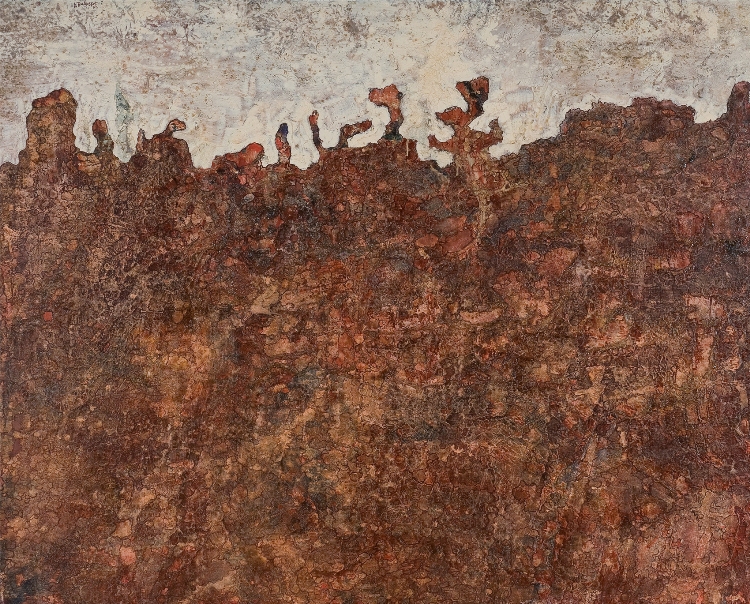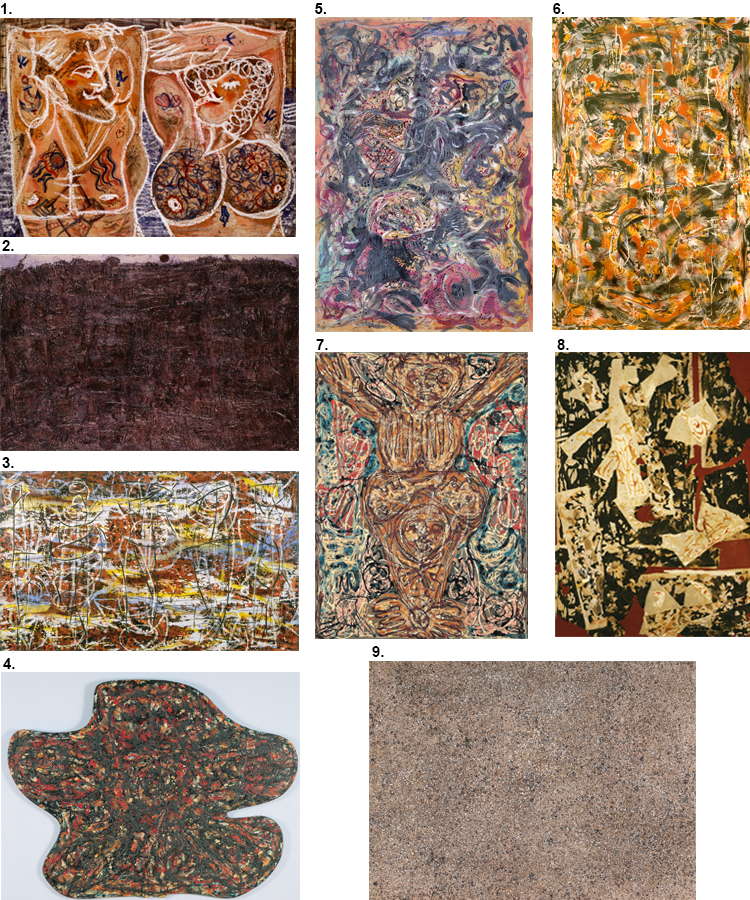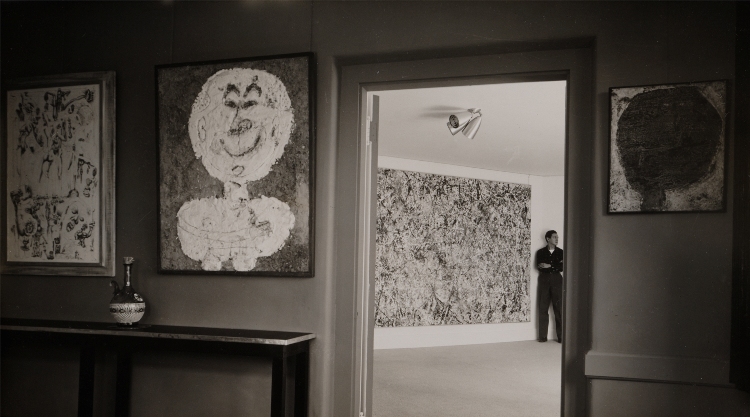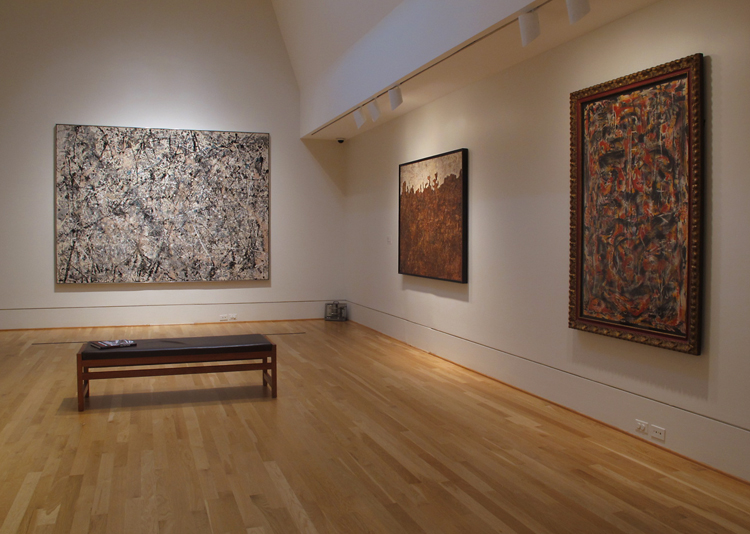In this series of guest posts, three choreographers from CityDance talk about the artwork that inspired their movement for this Thursday’s Angels, Demons, and Savages-inspired Valentine’s Day Dance Experience (UPDATE: this program is sold out). Read Lorraine Spiegler on Alfonso Ossorio’s The Helpful Angels here and Christopher K. Morgan on Jackson Pollock’s Untitled (1951) here. Today, Robert J. Priore discusses Jean Dubuffet’s Paysage Metapsychique (Metapsychical Landscape), 1952.

Jean Dubuffet, Paysage métapsychique (Metapsychical Landscape), 1952. Oil on canvas, 51 1/8 x 63 3/4 in. Des Moines Art Center. Gift of Melva Bucksbaum in honor of the Des Moines Art Center’s 50th anniversary © 2012 Artists Rights Society (ARS), New York / ADAGP, Paris
When I think of savages (the name of my piece), I think earthy. I think of movement that is very natural, the dancers are always making actual contact. It’s not contrived partnering; they are connecting with the earth, with themselves, and with each other in a real and raw way.
—Robert J. Priore, CityDance Conservatory choreographer-in-residence




